"Sweet fruit" on difficult land
Dakrong district was established under Decree No. 83/1996/ND-CP, dated December 17, 1996 of the Government , and officially came into operation on January 1, 1997. Currently, the district has a total natural area of 118,483 hectares with 13 commune-level administrative units.
Traditional brocade weaving in A Bung commune receives support to restore and develop - Photo: KS
This is a poor district with over 80% of the population being ethnic minorities, with a very low starting point. The socio-economic conditions of the district are underdeveloped, the intellectual level of the people is still limited, production is mainly agricultural associated with the practice of slash-and-burn farming, the average income per capita is low compared to the national and provincial average, people's lives face many difficulties, the poverty rate is about 70%. Faced with this situation, the district has promoted solutions to reduce poverty quickly and sustainably.
Concretize the Party's guidelines and the State's policies in accordance with the actual situation of the locality. At the same time, mobilize resources to support investment in the locality, prioritizing the fields of education , health, transportation, agriculture, preserving cultural identities... With the solidarity and consensus of the Party Committee, government, army and people of all ethnic groups in the district, up to now, Dakrong district has had positive changes.
A clear demonstration of the efforts to improve poverty reduction in Dakrong district is the economic growth rate at all stages at a fairly high level. The total production value of all sectors increased from 27.5 billion VND in 1997 to 1,957.52 billion VND in 2025. GRDP per capita increased from 0.7 million VND in 1997 to 36.2 million VND in 2024.
In 1997, only 2 communes had national grid electricity, but now 100% of villages and hamlets have used the national grid electricity. Traditional industries have been restored and built into brands to develop production, creating prestigious products to reach the market, some products have created brands such as: Ba Nang wine, A Bung brocade weaving, brooms, bamboo and rattan weaving...
Another highlight in the process of overcoming difficulties of Dakrong district is that the district's trade and service sector has developed in both scale and industry structure. Trade promotion activities, advertising and introducing local products have been actively implemented.
Some potentials and advantages of tourism have begun to be invested and exploited such as: Klu community tourism area; 2nd Corps relic site, Van Kieu traditional house, Pa Ko; Dakrong nature reserve. Community tourism product models have been facilitated to develop such as: A Lao stream eco-tourism site, Pa Cha, Ta Long commune; Xa Trieng waterfall, Huong Hiep commune; Lang An stream, Trieu Nguyen commune...
Thanks to capital sources from national target programs and a number of other programs and projects, the district's infrastructure system has been gradually invested synchronously. School facilities have been increased in investment towards standardization and modernization; temporary classrooms, borrowed classrooms and degraded classrooms have been basically eliminated; all communes and towns have high-rise schools. The team of teachers and educational managers at all levels has increased in both quantity and quality. Universal education work has been directed with attention and achieved good results. Up to now, the whole district has 15 schools meeting national standards.
The work of protecting and taking care of people's health has been focused on, preventive medical activities have been promoted. Up to now, 100% of commune health stations have doctors, 100% of villages and hamlets have medical staff. The movement "All people unite to build a cultural life" has been implemented and brought many results. Many traditional cultural values of the Van Kieu and Pa Ko ethnic groups have been preserved and promoted such as festivals: A Da, celebrating new rice, A Rieu ping...; folk songs, musical instruments, traditional crafts, writing systems. Backward customs, habits, and lifestyles have been gradually pushed back. Policy work for people with meritorious services, families of martyrs, wounded and sick soldiers has been given attention.
Employment and vocational training for workers are also focused on by all levels of government. The rate of trained workers by the end of 2024 will reach 79%, of which 37% will have degrees and certificates; the poverty rate will decrease by an average of 4%-5% per year. The quality of operations of the grassroots political system is increasingly improved, performing well in local tasks.
Improving the effectiveness of poverty reduction work
In addition to the achieved results, the journey towards rapid and sustainable poverty reduction in Dakrong district still faces many difficulties and challenges. To learn from experience and continue to improve the effectiveness of poverty reduction work in the locality, according to Chairman of the District People's Committee Thai Ngoc Chau, Party committees and authorities at all levels need to be resolute and proactive in leading, directing and organizing the implementation of tasks; concretizing the guidelines, policies and resolutions of the District Party Congress into specific programs, projects and plans for implementation.
Strengthening management and direction in all fields in a thorough and comprehensive manner. Promoting the role of the Front and mass organizations in all fields; enhancing coordination between levels and sectors in implementing local political tasks. On the basis of the achievements, it is necessary to take advantage of internal resources, exploit local strengths, and at the same time seek external assistance to promote socio-economic development in a comprehensive, rapid and sustainable manner.
Focus on developing an in-depth economy, synchronizing sectors and fields, prioritizing the development of a number of sectors and fields with potential and advantages to create a breakthrough in socio-economic development. Effectively implement policies on economic restructuring, transforming the growth model, administrative reform, enhancing competitiveness, improving the investment environment; encourage and create favorable conditions for the development of economic sectors, especially the private economy to become the driving force of economic growth.
Ensuring economic development goes hand in hand with social progress and equity; improving people's income and quality of life; preserving and promoting the cultural identity of ethnic groups; promoting democracy and the strength of ethnic solidarity; ensuring national defense and security, building and protecting a clean and friendly environment. Paying attention to training and fostering human resources to have a team of cadres who can meet the requirements of the new situation.
Ko Kan Suong
Source: https://baoquangtri.vn/giam-ngheo-nhanh-va-ben-vung-o-huyen-dakrong-194661.htm



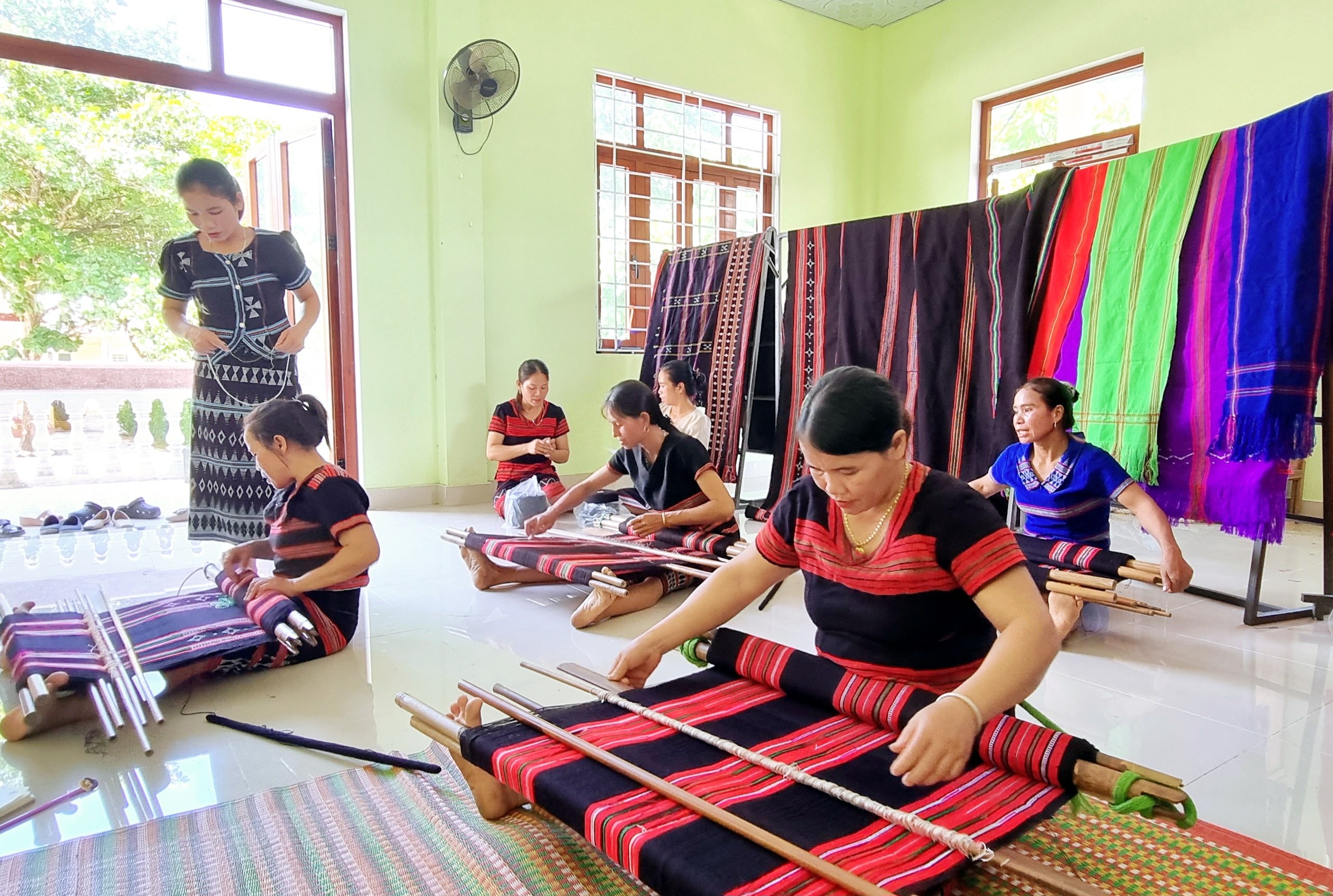
![[Photo] National conference to disseminate and implement 4 Resolutions of the Politburo](https://vphoto.vietnam.vn/thumb/1200x675/vietnam/resource/IMAGE/2025/9/16/5996b8d8466e41558c7abaa7a749f0e6)
![[Photo] General Secretary To Lam attends the National Conference to disseminate and implement 4 Resolutions of the Politburo](https://vphoto.vietnam.vn/thumb/1200x675/vietnam/resource/IMAGE/2025/9/16/70c6a8ceb60a4f72a0cacf436c1a6b54)
![[Photo] Prime Minister Pham Minh Chinh receives Minister of Foreign Affairs and Cooperation of Timor-Leste](https://vphoto.vietnam.vn/thumb/1200x675/vietnam/resource/IMAGE/2025/9/16/b0e99fd9a05846e4b6948c785d51d51f)
![[Photo] General Secretary To Lam receives Assistant to the President of Russia, Chairman of the Federal Maritime Council of Russia Nicolai Patrushev](https://vphoto.vietnam.vn/thumb/1200x675/vietnam/resource/IMAGE/2025/9/16/813bd944b92d4b14b04b6f9e2ef4109b)




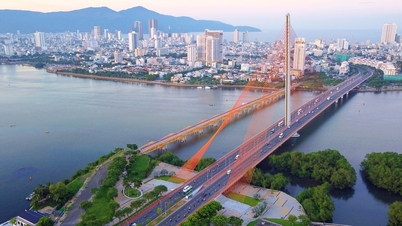









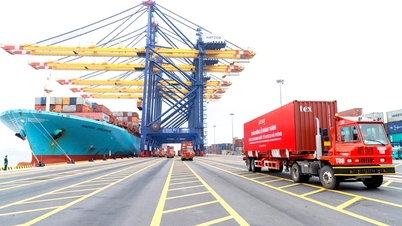
















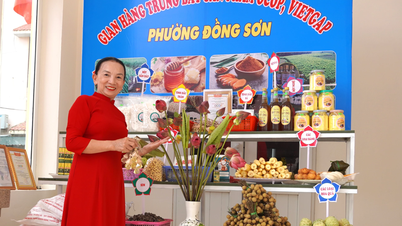

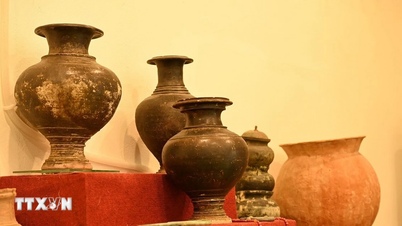



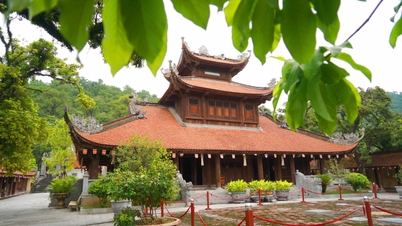



















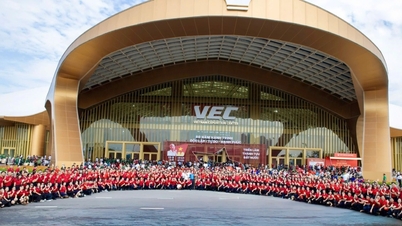




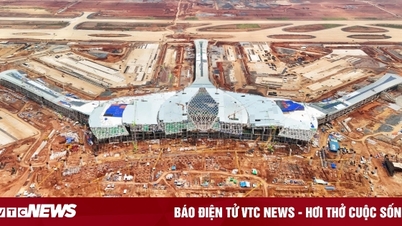






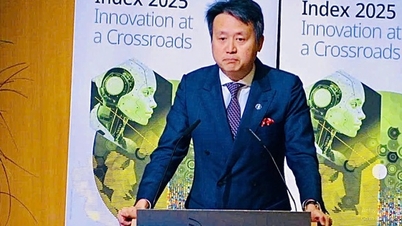




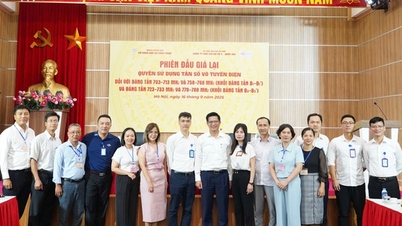




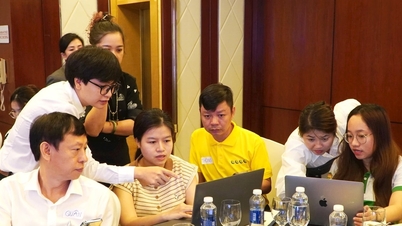







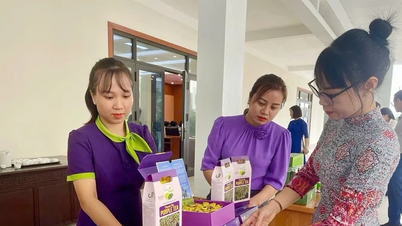










Comment (0)